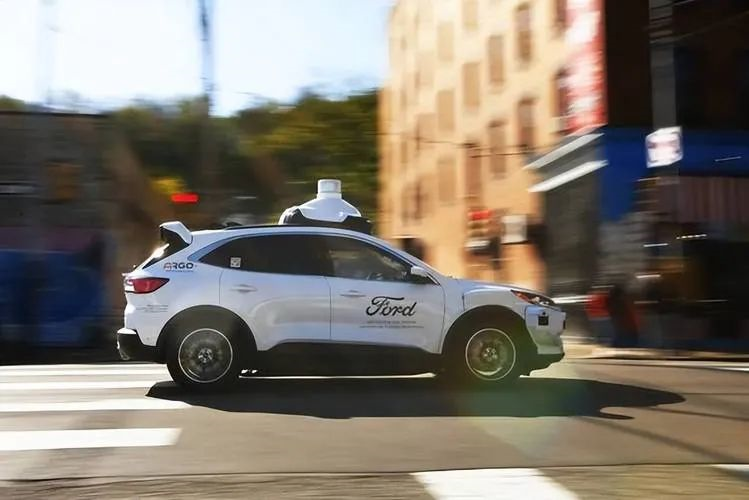Author: Michelin
On this same Wednesday, two big things happened in the autonomous driving industry: Mobileye went public, and Argo AI announced bankruptcy, marking the ups and downs of the autonomous driving world.
If we look back to 2017, we can see the intersection between the two companies: as rising stars in the autonomous driving industry, both were favored by capital in the same year. At that time, the already listed Mobileye was acquired by Intel, while Argo AI was acquired by Ford for 1 billion US dollars. The two unicorns selected by giants both achieved phased victories and seemed to have bright futures.
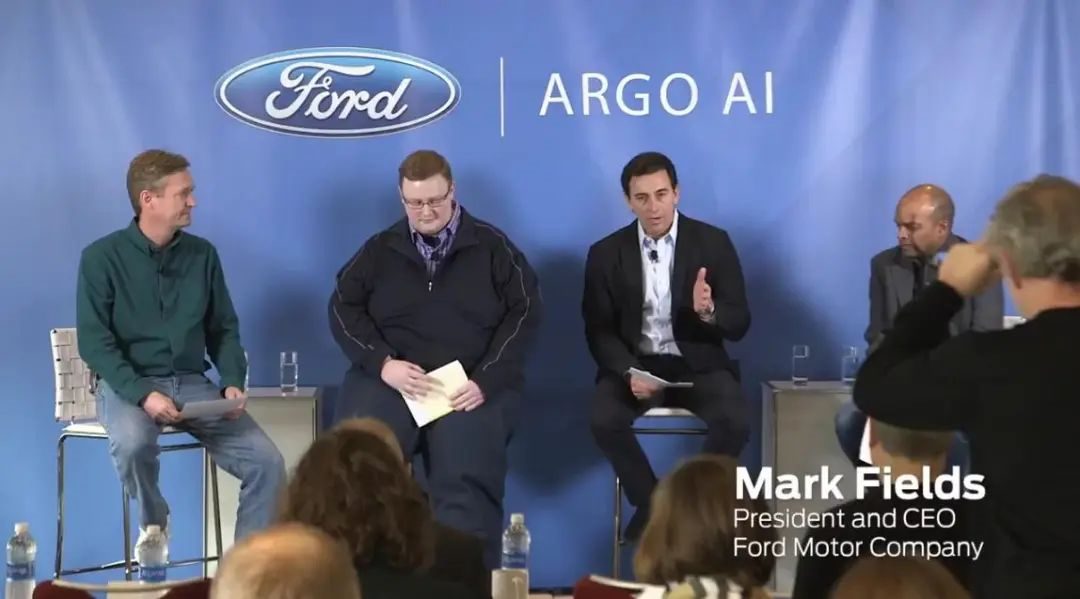
Five years have passed, Mobileye has successfully gone public independently, but its valuation is only half of what it was when it submitted its IPO last year. Argo did not make it to IPO and directly announced bankruptcy and liquidation.
On October 26th, Ford officially announced that its autonomous driving company Argo AI, jointly invested by Ford and Volkswagen, will be shut down and dissolved. Its employees and some components will be received respectively by Ford and Volkswagen.
This reminds me of the opening words of “The Wandering Earth”: “At first, no one cared about this disaster. It was just a wildfire, a drought, the extinction of a species, the disappearance of a city…”
Argo, once a pursued autonomous driving unicorn, has now gone bankrupt, and the “heaven” of the autonomous driving industry has changed.
The Short Life of Argo AI: From Pursued to ExiledJust saw the news that Argo has gone bankrupt, and an insider from Ford told GeekCar: “It’s an expected thing, ‘at least one or two years ago, we could feel it.'” It’s not hindsight or foresight, but the consensus in the industry.
In 2017, Ford acquired Argo AI, a company focused on L4 autonomous driving technology that had just been established for 9 months. The acquisition aimed to support the development and production of Ford’s L4 autonomous driving passenger vehicles. A similar approach was taken by General Motors, which acquired Cruise for $600 million.
In that year, whether it was Ford that acquired Argo or General Motors that acquired Cruise, the prospects for the landing of L4 autonomous driving were optimistic – it was the spring of autonomous driving.
By 2019, Ford has introduced Volkswagen to share the investment, and both hold a 50-50 stake in the autonomous driving software, sharing equal ownership. The pressure of L4 autonomous driving for passenger vehicles of the two vehicle giants was put on Argo, and Argo’s valuation once reached $7.2 billion, which may be the last glory of Argo.
(With Argo’s bankruptcy, two of the three people in the picture have already left the stage.)Because starting in the following year of 2020, it seemed that Ford recognized the difficulty of implementing L4 autonomous driving technology in passenger cars. Besides autonomous taxi, Ford’s expectations for Argo have shifted more toward commercial vehicles, trying to implement L4 autonomous driving technology in commercial vehicles.
“There are still quite a few people in the industry who believe that L4 autonomous driving will be implemented first in commercial vehicles.” However, judging from the situation of Argo today, it is not as easy as expected to implement L4 autonomous driving in commercial vehicles.
The difficulty of implementing L4 autonomous driving has discouraged Ford and Volkswagen’s expectations for Argo. “That’s when Argo was exiled from the two giants’ cores where they placed high importance.”
As Ford stated in their announcement, at this stage, Ford needs to invest in advanced driver assistance technology that can be realized within a short period of time, instead of Argo’s pursuit of fully autonomous driving. Ford’s products urgently need competitive advanced driver assistance technology that can be immediately put into use to prevent market erosion. Shareholders also urgently need projects that can immediately yield returns to get through the economic winter.
Ford CFO John Lawler seems to think that it will take at least five more years and billions of dollars in investment to see returns on Argo. Obviously, Ford cannot wait for such a long time and investment.
Argo has always had plans to launch a fleet of autonomous taxis, but from 2017 to the announcement of its bankruptcy in 2022, it took five years and burned up 3.6 billion funds, but the expected fleet of autonomous taxis never appeared.
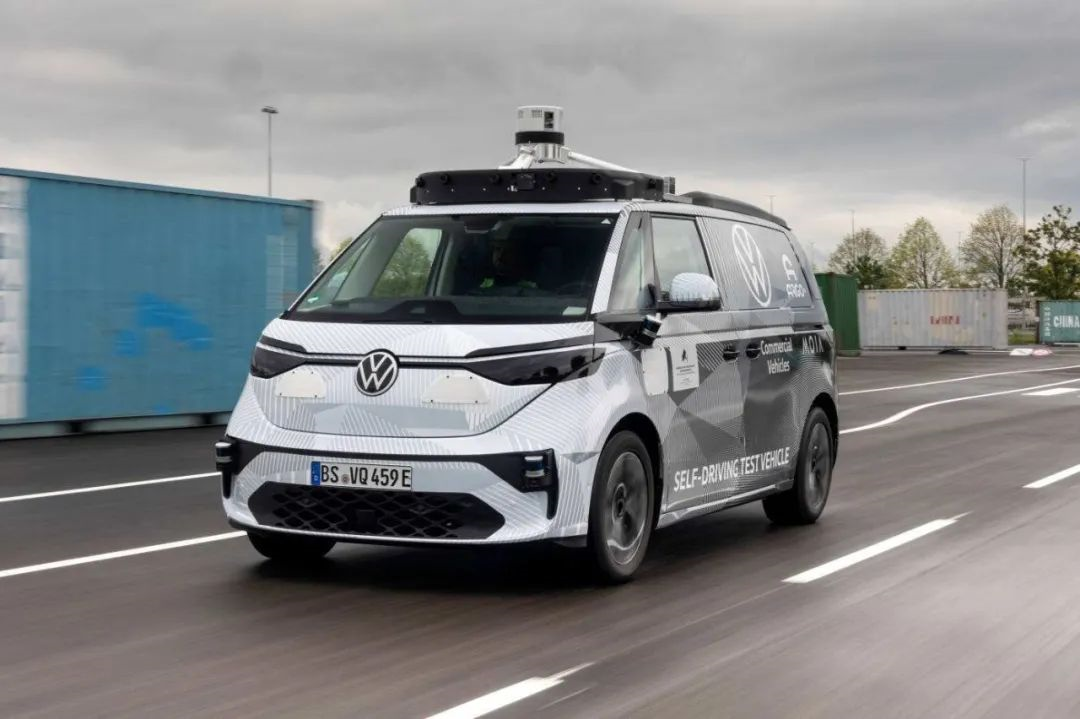 Moreover, even if the Robotaxi fleet is successfully launched, it is still far from the short-term return expected by Ford.
Moreover, even if the Robotaxi fleet is successfully launched, it is still far from the short-term return expected by Ford.

For example, Cruise, mentioned earlier, has already started the commercial operation of Robotaxi fleet. However, as of the second quarter of this year, the Cruise department has lost $500 million in a single quarter and is losing more than $5 million a day. At this rate of burning money, the current cash flow will probably be exhausted in about two years.
Regardless of whether it is Ford or General Motors behind Cruise, both cannot afford to burn money in the current economic downturn. Even the landlords have no surplus.
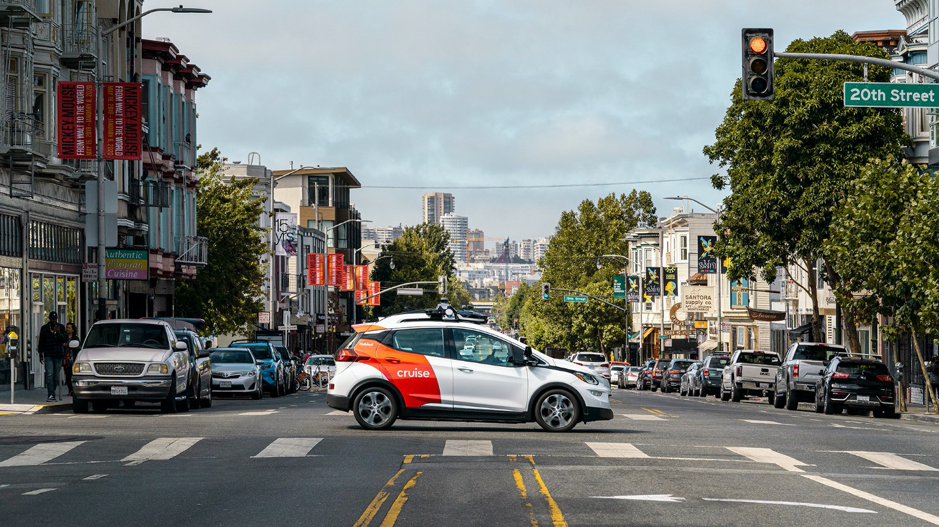
Looking at the other big tree behind Argo, Volkswagen, it is betting on various parties from the beginning: while investing in Argo in 2019, Volkswagen also established its own autonomous driving company VWAT. Later, it extended its software and autonomous driving capabilities to China, such as the recent official cooperation with Horizon Robotics and the previous rumors about the cooperation with Huawei Autonomous Driving.

Compared with Argo’s so-called “long-term strategy”, these collaborations undoubtedly bring Volkswagen short-term returns. Argo’s journey from being chased to going bankrupt has also become inevitable.
Autonomous driving companies: How to survive?# Argo’s Collapse and Difficulties in Commercialization and Revenue Generation Are the Fundamental Challenges for the Autonomous Driving Industry
Investment – Research and Development – Product – Return is a closed loop. Even in the capital game of passing the buck, people must see hope for victory. Unfortunately, autonomous driving is like an onion. The more one peels off the outer shell, the more obstacles one will encounter, such as technology, policy, operations, and public acceptance, which are difficult to solve in the short term.
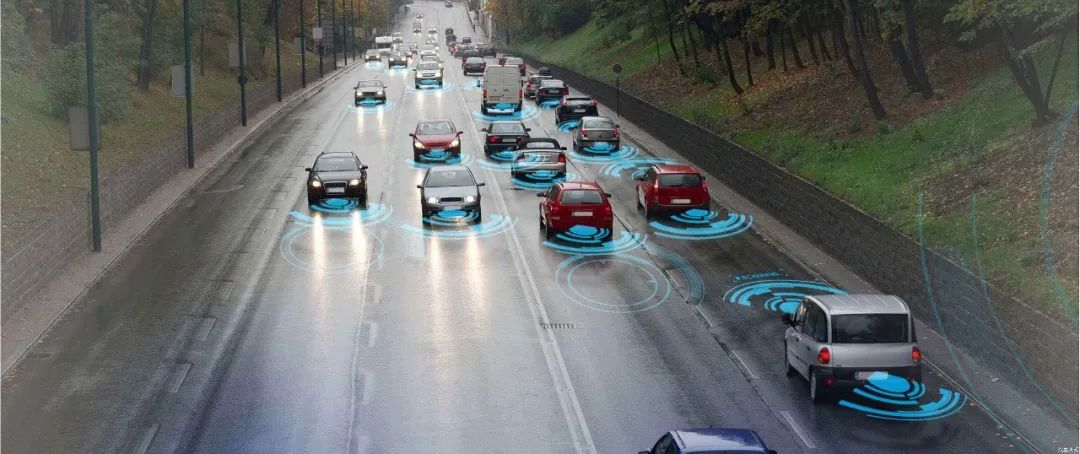
Fortunately, nowadays, people are no longer as idealistic as they were a few years ago. While the prospect of fully autonomous driving is excellent, surviving and reaching the finish line is more important. Therefore, this year, we have seen various companies coming out to talk about mass production and commercialization, claiming that autonomous driving that cannot be commercialized is a fraud. Autonomous driving companies have taken the curveball approach to surviving.
Curveball Approach 1: Going Public
Going public is a goal for every technology company, and autonomous driving companies are no exception. Mobileye, which was mentioned at the beginning of the article, is the best example. During a period when the Nasdaq fell 30%, Intel insisted on going public with Mobileye to introduce more investment and keep the company going, despite making tough sacrifices.

Unfortunately, going public is not a panacea. Although Mobileye’s short-term results after going public were excellent due to recognition of Mobileye’s technology within the industry, TuSimple, another “automatic driving leader in heavy trucks”, was not as fortunate.Unlike Mobileye’s mature and deliverable autonomous driving solution, TuSimple’s autonomous truck blueprint has not been fulfilled, and the trucks have been unable to be mass-produced and delivered. Correspondingly, the stock price has fallen from $40 at the beginning of last year to $6, which can be considered an ankle-slashing.

Going public is a way of relief for investors who want to withdraw, but to survive, self-generating capability is also needed to sustain the business.
Curve saving road 2: Technical lowering from L4 to L2+
For autonomous driving companies, the best way to generate revenue is to mass-produce the product. Since L4 autonomous driving is difficult to implement, there is a trend to lowering the technology to L2+ and selling the L2+ autonomous driving solution to the automaker, providing support for the development of L4; then, use L4 technology and data to feed back to L2+, which is currently the most common cooperation project between domestic autonomous driving companies and automakers.
For example, Pony.ai and Bosch cooperated to deliver L2+ assisted driving to automakers; Baidu, in addition to Robotaxi, also provides ANP navigation assistance driving and AVP automatic parking assistance driving solutions to automakers, providing intelligent driving solutions for their own vehicles; there are also Huawei, which provides full-stack autonomous driving solutions, and Momenta, which cooperates with SAIC and IM, to provide similar solutions.
 Turn L4 autonomous driving technology into L2+, and apply it to mass-produced cars, is a win-win situation in the short term: with the support of autonomous driving solutions, automakers can enhance their product competitiveness, while autonomous driving companies can gain benefits by providing solutions for mass-produced cars. As for consumers who are at the end of this model, it is unknown whether they are willing to foot the bill for advanced assisted driving technologies.
Turn L4 autonomous driving technology into L2+, and apply it to mass-produced cars, is a win-win situation in the short term: with the support of autonomous driving solutions, automakers can enhance their product competitiveness, while autonomous driving companies can gain benefits by providing solutions for mass-produced cars. As for consumers who are at the end of this model, it is unknown whether they are willing to foot the bill for advanced assisted driving technologies.
Curve-saving Three: Downscaling from city roads to regional scenarios.
L4 autonomous driving mass-produced cars are difficult to implement. By simplifying complex road conditions and scenarios and giving a single function to diversified autonomous vehicles, such as unmanned buses, patrol cars, logistics vehicles at ports, and autonomous sanitation trucks in the park, the level of autonomous driving can then be reduced from the scenario level.
Downscaling in this type of scenario not only solves technical difficulties but also has the benefits of transferring the cost from consumers who pay for autonomous driving services to institutions such as the public bus department, sanitation department, and port parks.
Finally.
We have seen countless news about “an autonomous driving company going bankrupt” over the past few years. When this happened to Argo AI, a company backed by two major car manufacturers, it was still somewhat unexpected. After all, Argo AI has strong technical and financial strength.
Argo AI’s bankruptcy represents the industry’s need for a return to rationality and reality, as well as the urgent need for blood-making and commercialization capabilities.It is essential for every struggling autonomous driving company to possess the ability of diversification in business and hematopoiesis. After all, only by surviving through the winter can we witness the next spring.
This article is a translation by ChatGPT of a Chinese report from 42HOW. If you have any questions about it, please email bd@42how.com.
